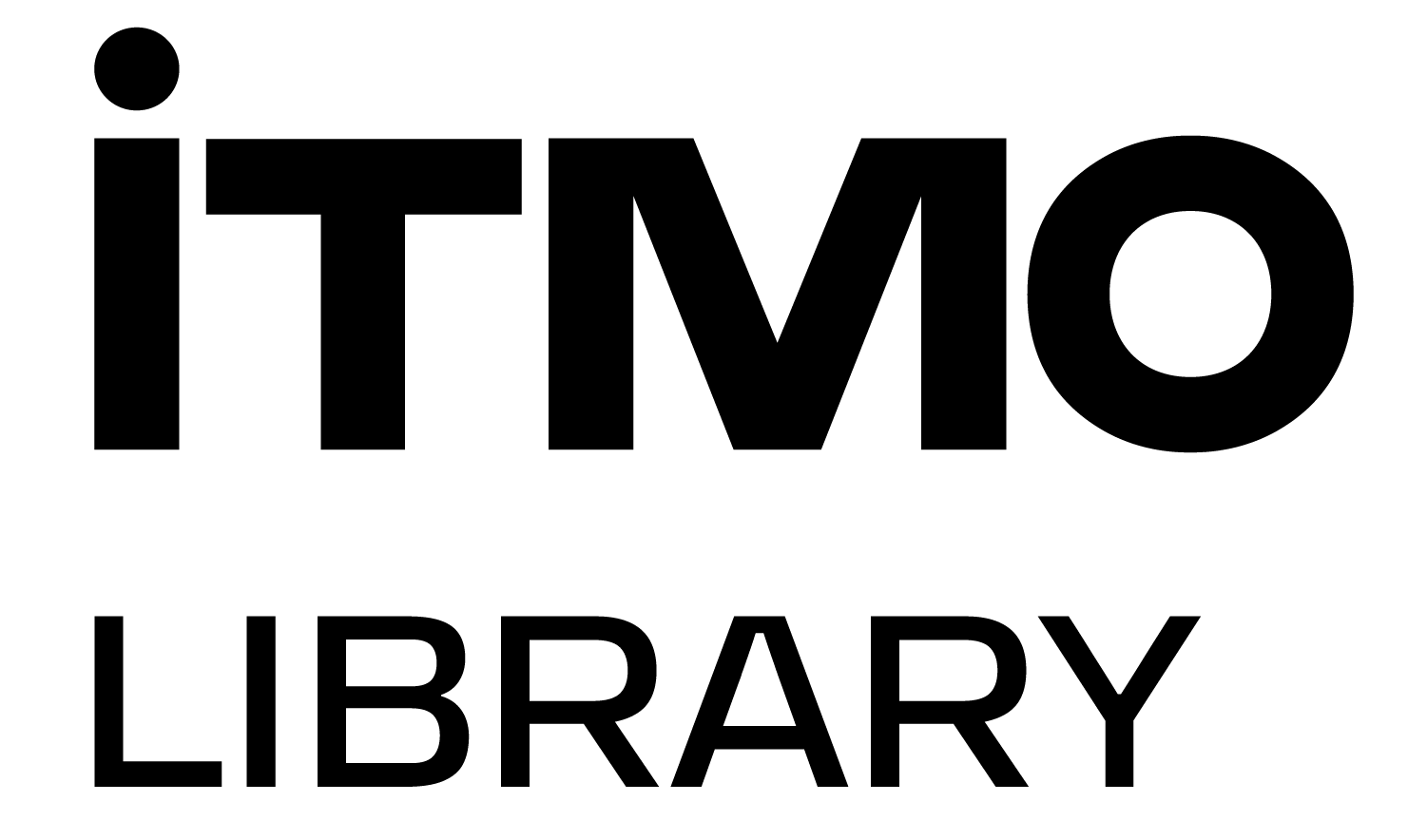Peer reviewing is an essential step in the publishing process, ensuring reasonable and well-grounded selection of articles and their final revision. The selection considers both general academic criteria and the requirements of a particular journal.
Peer reviewing also represents a unique form of collaboration among scientists, which helps them to increase their visibility in the scientific community, showcase professionalism to their colleagues and establish contacts for futher research.
Who can be a reviewer?
According to the basic concept of reviewing scientific papers, only a certified specialist with the relevant expertise in the field of the research topic and a recognized authority in the scientific community can assess the quality of a paper.
Publishers also reserve the right to set criteria for peer-reviewing applicants.
Types of reviews
Peer reviewing can be provided before and/or after the actual publication. A pre-publication review double-checks the reliability, accuracy and validity of the content and of all the referenced resources. It is an official document providing the following information: the reviewed object, the author(s),the general characteristics of the research, the reviewer’s conclusions and the information about the reviewer.
A post-publication assessment is often critical, and, regardless of the author's or journal's preference, may affect their reputation. This type commonly takes the form of discussions, comments, or feedback.
You will find below a detailed discussion of the types of pre-publication reviewing:
The type depends on the number of specialists involved in the assessment. Joint peer reviewing is a rare case where a "council" evaluates the paper.
An open review is published together with the paper, while a closed review is examined only by the editors of a scientific journal.
This assumes that at least one party has no information about the other.
Internal peer review is provided by an expert for the journal itself. The external one refers to recommendations regarding the quality of the paper developed by a third party.
Publishers often combine requirements for peer reviewing processes. Thus, the most popular types are as follows:
- one-sided, two-sided and joint peer review
The type depends on the number of specialists involved in the assessment. Joint peer reviewing is a rare case where a "council" evaluates the paper.
- open and closed review
An open review is published together with the paper, while a closed review is examined only by the editors of a scientific journal.
- blind peer review
This assumes that at least one party has no information about the other.
- internal and external review
Internal peer review is provided by an expert for the journal itself. The external one refers to recommendations regarding the quality of the paper developed by a third party.
Publishers often combine requirements for peer reviewing processes. Thus, the most popular types are as follows:
- one-sided or two-sided blind peer review is the most popular type, when one or more (usually two) experts evaluate the paper. In this case, the parties do not have any information about each other;
- open two-sided peer reviewing refers to the publication of at least two expert assessments from different qualified specialists. The Information about the author and the reviewers may be known to both parties.
- closed two-sided review is when the editor selects an expert, and the parties have no information about each other. The review remains unseen by the audience.
- one-sided open or closed review is when one of the parties has no information about the other (who is the author or who assessed the text). The review may be published along with the paper.
Who is looking for a reviewer and where can they find them?
Either the editor or the author can search for an expert to have a scientific article reviewed. This is discussed during the submission stage. Blind reviewing implies that the candidate for evaluating a manuscript is most often chosen by the publishing house. The results will in any case be shared with the researcher. Closed reviewing, as mentioned above, implies assessment by the editorial staff.
Open reviewing suggests personal contact between the author and the reviewer, their discussion of the cost of services, its terms, and other details. Researchers can find reviewers based on recommendations from their advisors or the journal editorial board. Less often, they use the services of various aggregators and communities. Sometimes such services are provided “in exchange”: for example, scientific advisors review the papers of other advisors’ students.
How does the reviewer benefit?
Most often, reviewing is a paid service. Of course, this payment is not a “bribe”. If an author selects a reviewer independently, they will personally bear the corresponding costs. If the review is provided by the editorial staff, the author does not pay for it (unless the cost of the service has been included in the submission fee).
Scientists are usually willing to be reviewers. And it is not just about making money. Firstly, being an expert is prestigious. Sometimes reviewing becomes a kind of “pass” to a highly rated journal: first, the scientist gets a chance to “shine out” as a reviewer, and in return, his manuscript is more likely to be accepted for publication. In addition, some rating lists equate a review to a publication, or at least take this work into account when assessing a scientist’s contribution. Therefore, reviewing is a relatively effortless way to replenish your list of achievements.



